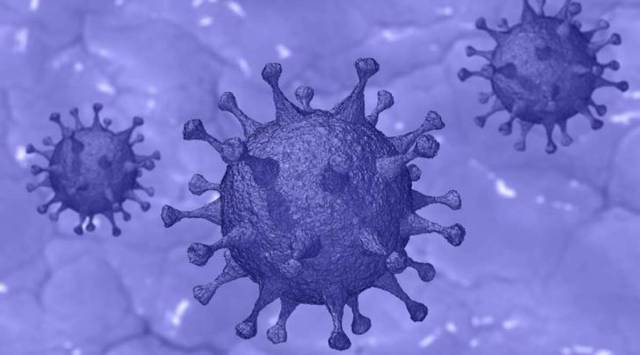- India
- International
WHO says Covid variant of interest Mu may be more resistant to vaccines: All you need to know
The new variant, Mu or B.1.621, was found to possess a "constellation of mutations that indicate potential properties of immune escape".
 The new variant was added to the WHO’s watchlist on August 30 after it was detected in 39 countries. (Representational image)
The new variant was added to the WHO’s watchlist on August 30 after it was detected in 39 countries. (Representational image)A new COVID-19 variant, termed Mu or B.1.621, is being closely monitored by the World Health Organisation (WHO) after it showed signs of possible resistance to vaccines.
Where was the variant first discovered?
Now a variant of interest, it was first identified in Colombia in January 2021, and since then, there have been “sporadic reports” of cases and some larger outbreaks in South America and Europe, the UN health agency said in its weekly bulletin on Tuesday.
As of August 29, over 4,500 sequences (3,794 B.1.621 sequences and 856 B.1.621.1 sequences), genome sequences, analysed samples of the virus taken from patients, have been designated as Mu in the past four weeks. Most of these have been reported in the US (2,065) and Colombia (852), Mexico (357) and Spain (473).
Cases have also been reported in Europe, UK and Hong Kong.
Why was it added to the WHO’s watchlist?
The new variant was added to the WHO’s watchlist on August 30 after it was detected in 39 countries and found to possess a “constellation of mutations that indicate potential properties of immune escape”, the world health body said.

Although the global prevalence of the Mu variant among sequenced COVID-19 cases is currently below 0.1%, its prevalence in Colombia (39%) and Ecuador (13%) has consistently increased, it said.
The fifth variant of interest to be monitored by WHO since March, B.1.621 has a number of mutations that suggest it could be more resistant to vaccines, the WHO warned, but said that further research would be needed to confirm this. “More studies are required to understand the phenotypic and clinical characteristics of this variant,” the world health body said.
Preliminary data shows it may evade immune defences in a way similar to the Beta variant first discovered in South Africa, the UN agency said, adding that this needs to be confirmed by further work.
Mu variant at least as resistant as Beta to vaccine: PHE report
A risk assessment of the Mu variant released by Public Health England (PHE) in August suggested that the variant is at least as resistant as the Beta variant to immunity arising from vaccination.
A WHO report added that preliminary data suggests Mu may be able to evade antibodies generated from both prior infection and coronavirus vaccines at levels “similar to that seen for the Beta variant”, though this finding needs to be confirmed in further studies.
“At present, there is no evidence that VUI-21JUL-01 is outcompeting the Delta variant and it appears unlikely that it is more transmissible,” the report is quoted as stating by The Guardian. However, immune escape may contribute to future changes in growth. The threat posed by the Mu variant depends on whether cases grow substantially in the coming weeks and months, the report added.
Another coronavirus variant C.1.2 detected
Meanwhile, South African scientists are closely monitoring the potential variant of interest, C.1.2, which was first detected in the country in May this year. C.1.2 has since been found in China, the Democratic Republic of the Congo, Mauritius, England, New Zealand, Portugal and Switzerland as of August 13, they said.
However, C.1.2, is not yet a variant to follow, nor a variant of concern, according to the classification of the World Health Organisation.
The WHO has classified four variants of concern – Alpha, Beta, Delta and Gamma – along with five variants of interest, including Mu.
With inputs from agencies
May 08: Latest News
- 01
- 02
- 03
- 04
- 05





























